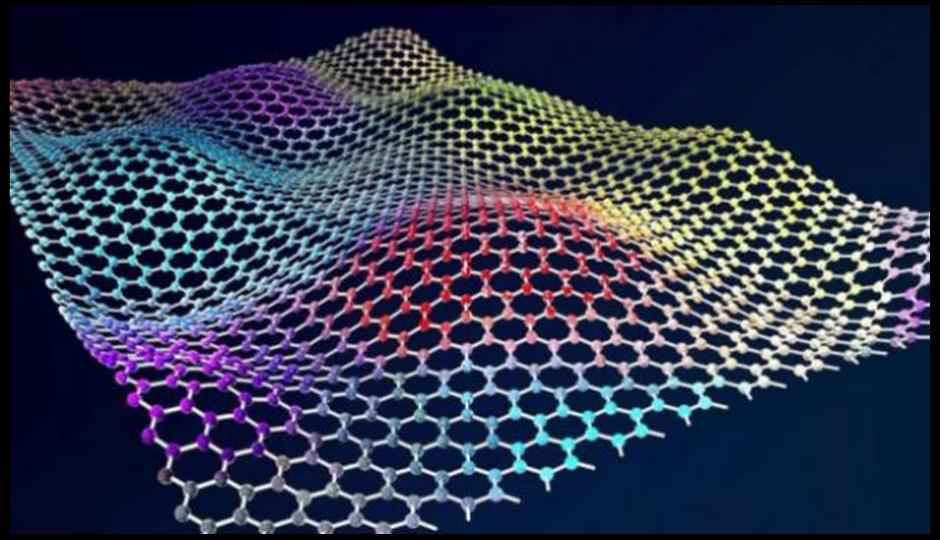Graphene helps create wearable electronic clothes

Researchers create a new electronic textile from wonder material Graphene.
Researchers have developed a new electronic textile using Graphene that could revolutionise wearable electronics. The tech could lead to the creation of wearable electronic devices including clothes containing phones, pc’s and MP3 players which would be ‘lightweight, durable and easily transportable’. Graphene is the thinnest substance capable of conducting electricity and is one of the strongest known materials. Scientists have been trying to adapt the material for use in wearable electronic devices in recent years. The team of scientist from the University of Exeter, have pioneered a new technique that can embed transparent, flexible graphene electrodes into fibres commonly associated with the textile industry.
The new tech has identified that 'monolayer graphene', can be used as a transparent electrode for applications in wearable electronics. The scientists used graphene by using a growth method called chemical vapour deposition (CVD) onto copper foil, using a nanoCVD system recently developed by Moorfield. The team have used a new technique that can transfer graphene from the copper foils to a polypropylene fibre already commonly used in the textile industry. "This is a pivotal point in the future of wearable electronic devices. The potential has been there for a number of years, and transparent and flexible electrodes are already widely used in plastics and glass, for example. But this is the first example of a textile electrode being truly embedded in a yarn," said Craciun, co-author of the research. "The possibilities for its use are endless, including textile GPS systems, to biomedical monitoring, personal security or even communication tools for those who are sensory impaired," Craciun said.
Dr Ana Neves, Associate Research Fellow in Prof Craciun's team from Exeter's Engineering Department and former postdoctoral researcher at INESC added: "We are surrounded by fabrics, the carpet floors in our homes or offices, the seats in our cars, and obviously all our garments and clothing accessories. The incorporation of electronic devices on fabrics would certainly be a game-changer in modern technology. "All electronic devices need wiring, so the first issue to be address in this strategy is the development of conducting textile fibres while keeping the same aspect, comfort and lightness. The methodology that we have developed to prepare transparent and conductive textile fibres by coating them with graphene will now open way to the integration of electronic devices on these textile fibres." Also read: Samsung's Graphene breakthrough could lead to flexible, lighter devices
Source: Science Newsline
Silky Malhotra
Silky Malhotra loves learning about new technology, gadgets, and more. When she isn’t writing, she is usually found reading, watching Netflix, gardening, travelling, or trying out new cuisines. View Full Profile




